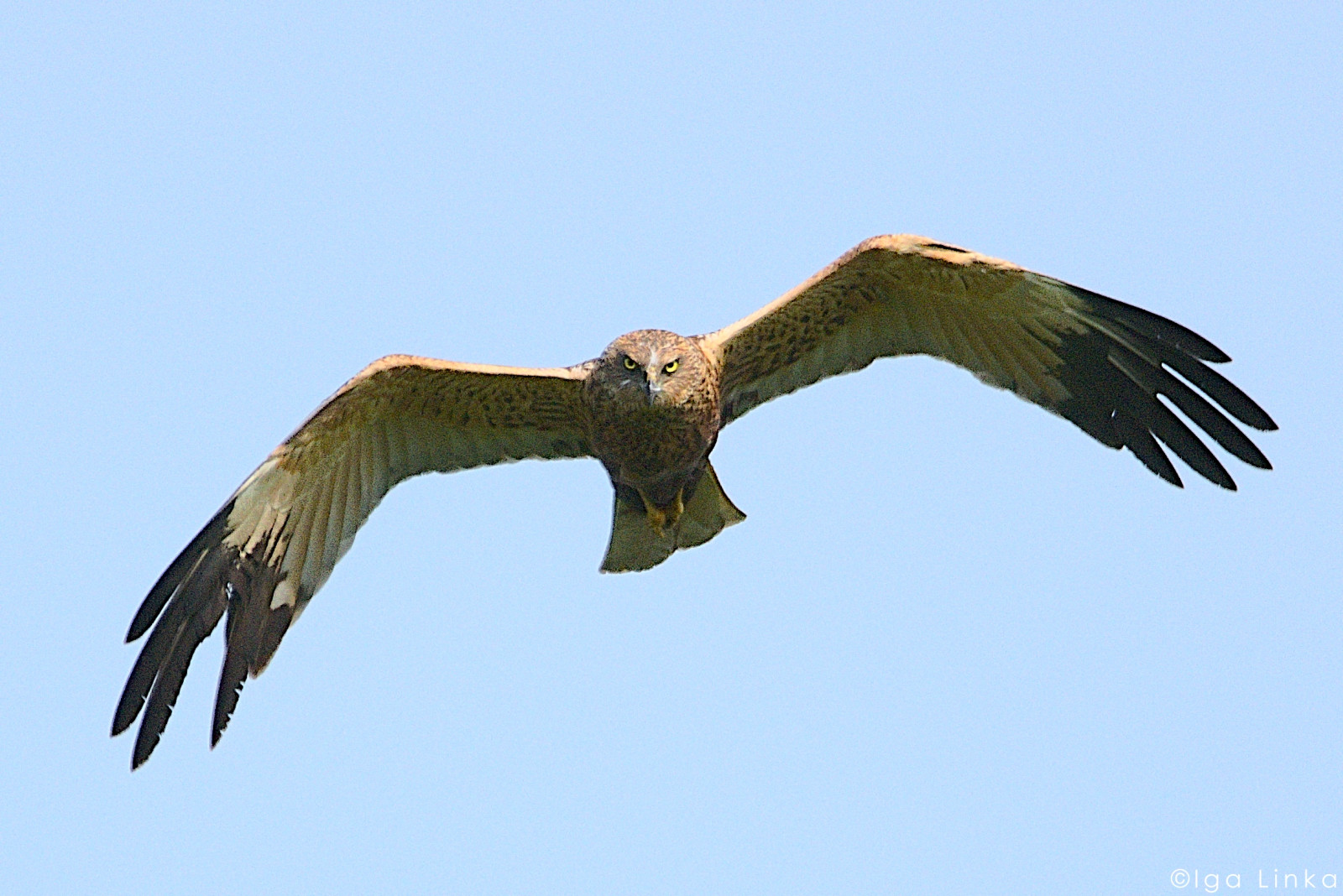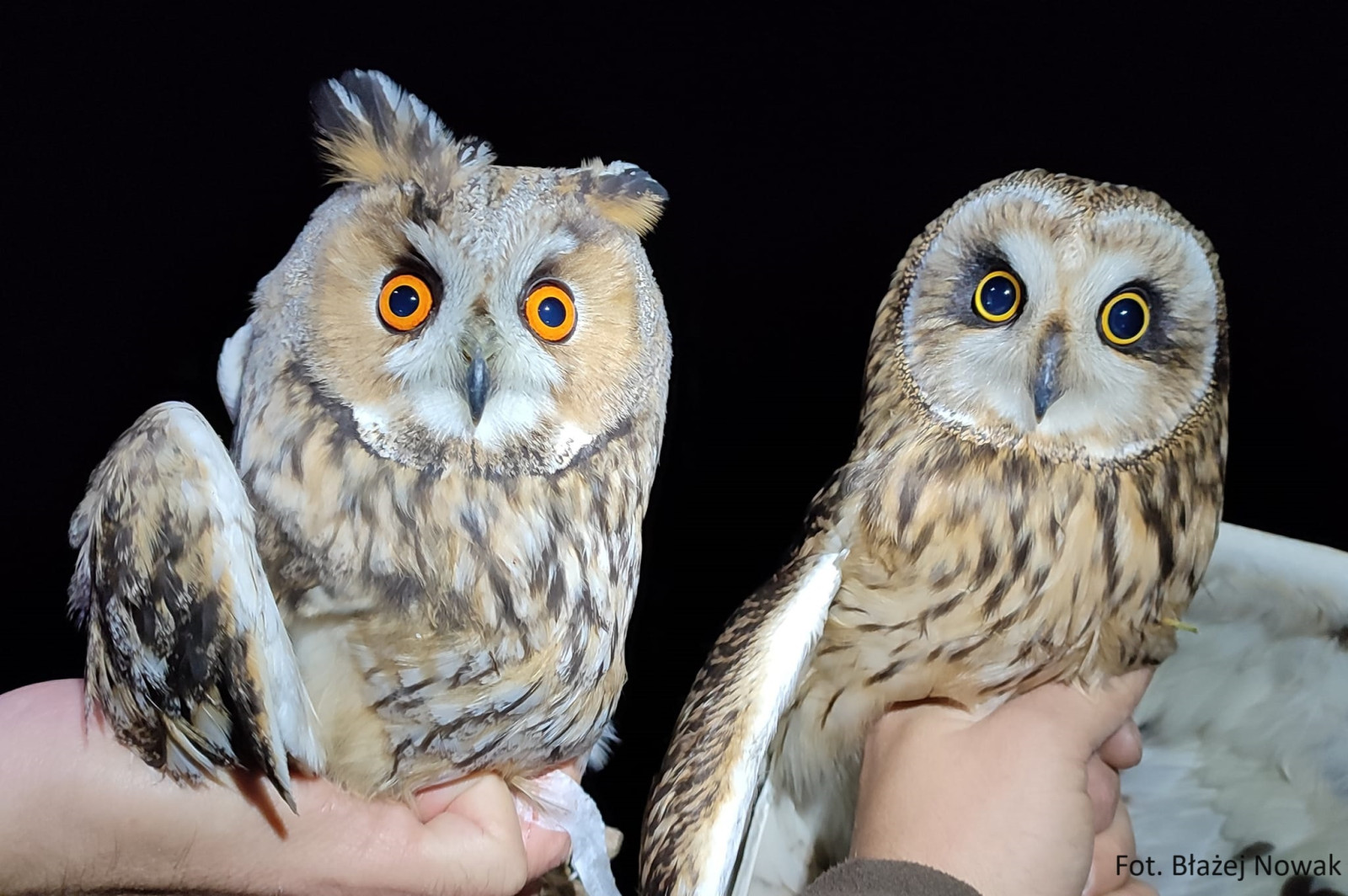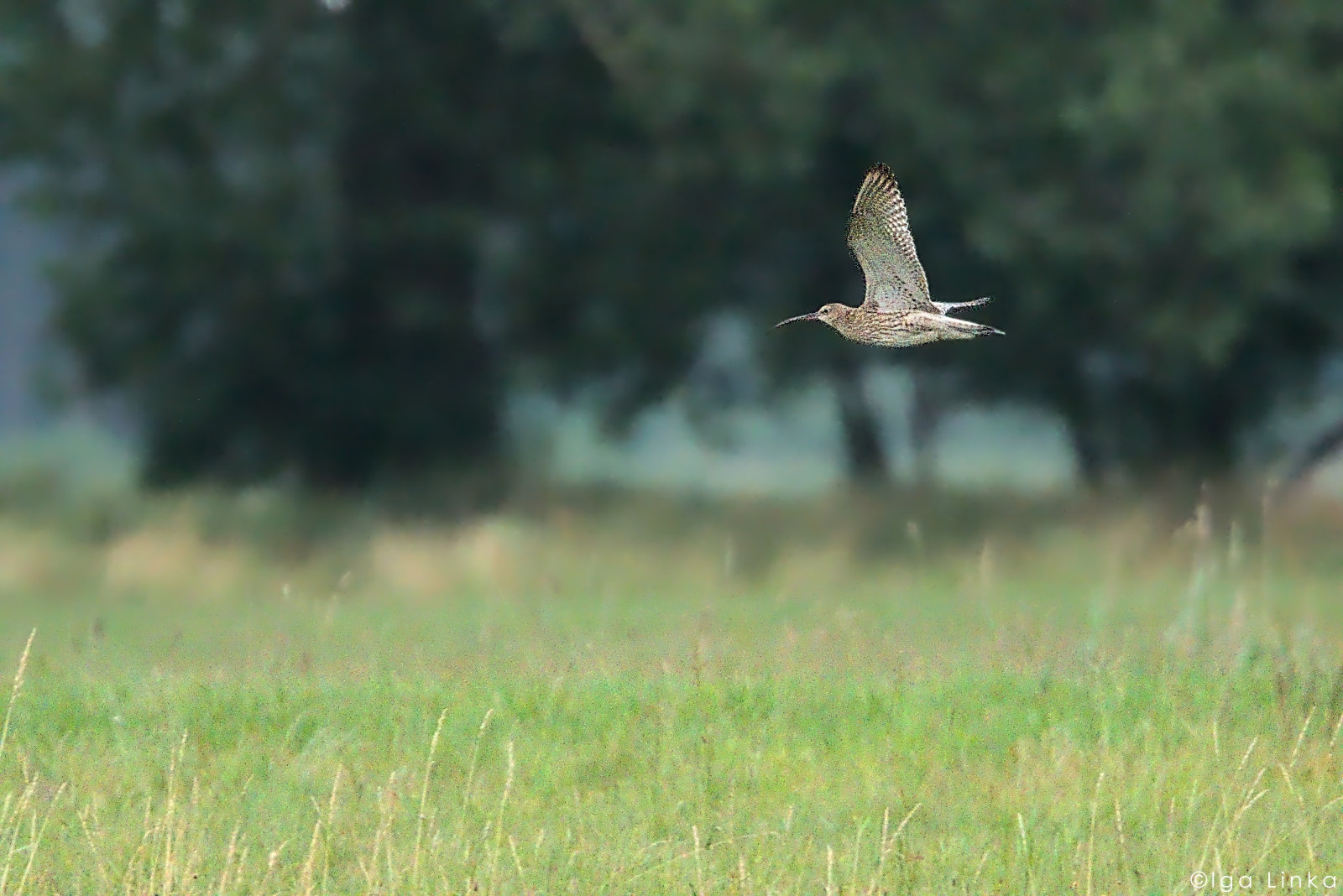Charger images
Les formats d'image autorisés sont de type jpeg, png ou gif
La taille maximale du fichier doit être de 20MB



The area is covered by the Natura 2000 protection program. The place is characterized by a meadow and forest area covering about 23,000 hectares.
The Wielki Łęg Obrzański valley is formed by three Obra canals: Southern, Central and Northern. Spring pools become an important stopping and resting place for migrating charadriiformes, e.g. Pluvier doré and Combattant varié. Extensive meadows are a good nesting place for Courlis cendré where a conservation project is being carried out. During the winter you can often observe Buse pattue and Busard Saint-Martin. Typical species for open areas also nest here, e.g. Râle des genêts, Perdrix grise, Caille des blés. Rarities appear here from time to time. Birds that were recently found are Buse féroce, Aigle pomarin and Pipit à gorge rousse Thanks to wet meadows, you can also find birds like Bécassine des marais, Chevalier sylvain and even Bécassine double which had noticed in spring 2023. Faucon kobez is occuring during passages. It is an important habitat for owls ( Hibou des marais , Effraie des clochers , Hibou moyen-duc ).
_________________________
Polski: Dolinę tworzą trzy kanały Obry: Południowy, Środkowy oraz Północny. Wiosenne rozlewiska stają się ważnym miejscem postoju i odpoczynku dla migrujących ptaków siewkowych np. Pluvier doré i Combattant varié . Rozległe łąki stanowią dobre miejsce gniazdowania dla Courlis cendré, gdzie jest prowadzony projekt ochronny. Podczas zimowisk często możemy spotkać Buse pattue oraz Busard Saint-Martin. Gnieżdżą się tutaj również typowe gatunki dla terenu otwartego np. Râle des genêts , Caille des blés, Perdrix grise. Pojawiają się tutaj co jakiś czas rzadkości, niedawno stwierdzono : Buse féroce , Aigle pomarin , Pipit à gorge rousse . Dzięki wilgotnym łąkom można trafić na Bécassine des marais , Chevalier sylvain, a wiosną 2023 został stwierdzony nawet Bécassine double. Na przelotach licznie występuje Faucon kobez. Stanowi ważne siedlisko dla sów ( Hibou des marais , Effraie des clochers , Hibou moyen-duc ).
You can get there from Przemęt. There are no specific parking spaces, but if possible, you can try to park on the side of the dirt road. Click on the P in the map for directions.
_________________________
Polski: Można dojechać tam od strony Przemętu. Konkretnych miejsc parkingowych nie ma, ale jeśli to możliwe, to można spróbować zaparkować na poboczu polnej drogi.
Votre feedback sera transmis à l’auteur.rice de cette zone et à l’équipe éditoriale de Birdingplaces, qui l’utiliseront pour améliorer la qualité des informations. (Vous souhaitez publier un commentaire visible en bas de page ? Fermez cette fenêtre et choisissez l’Option 1 : « Publier un commentaire, un conseil ou une observation ».)
Veuillez fournir des suggestions d'améliorations ou d'ajouts au texte de ce site ornithologique.
Veuillez fournir vos suggestions d'améliorations ou d'ajouts à la carte.
Veuillez fournir des suggestions d'améliorations ou d'ajouts à la liste des oiseaux.
Cliquez sur l'icône de l'oiseau () Insérez les noms d'oiseau dans votre langue. Ils seront automatiquement traduits pour les autres usagers !